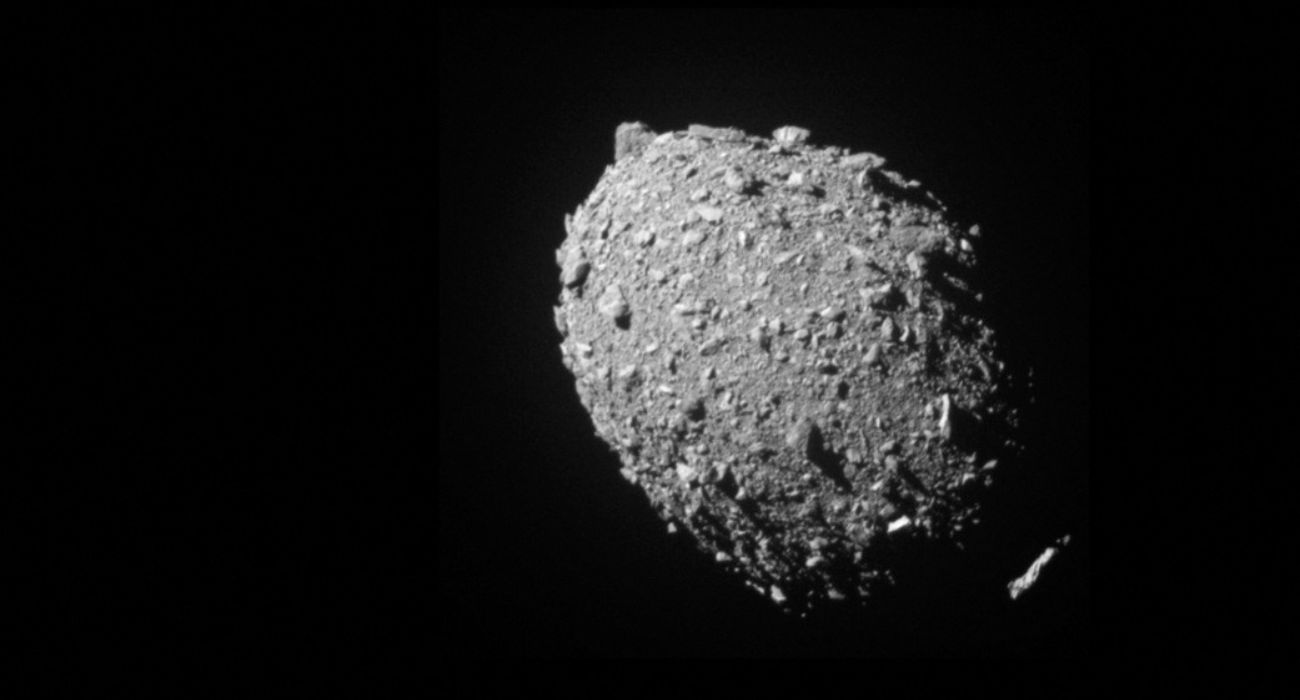NASA’s Double Asteroid Redirection Test (DART), the world’s first demonstration of planetary defense technology, struck its asteroid target on September 26, marking the first time the space agency tried to move an asteroid in space.
At 7:14 p.m. EDT, mission control at Johns Hopkins Applied Physics Laboratory (APL) in Laurel, Maryland, pronounced the planned crash a success, NASA reported in a statement.
The DART mission, humankind’s first planetary defense experiment, was designed to study how manufactured kinetic impacts affect an asteroid’s flight path. Scientists hope to gain insight that could help defend Earth from possible asteroid strikes, The Dallas Express reported.
“At its core, DART represents an unprecedented success for planetary defense, but it is also a mission of unity with a real benefit for all humanity,” said NASA Administrator Bill Nelson. “As NASA studies the cosmos and our home planet, we’re also working to protect that home, and this international collaboration turned science fiction into science fact, demonstrating one way to protect Earth.”
DART’s target was a small 530-foot diameter “asteroid moonlet” known as Dimorphos, which orbits around a larger asteroid named Didymos. The $325 million DART spacecraft, about the size of a vending machine, traveled some 10 months at 14,0000 miles per hour to reach Dimorphos, which is approximately 7 million miles from earth.
NASA officials said the asteroid was not a threat to Earth before or after the DART hit, according to The Dallas Express. The mission’s goal was not to destroy the asteroid but, rather, to leave a small crater and alter its course.
“This is really about deflecting asteroids, not making a mess,” said Nancy Chabot, who is in charge of the mission team at the Applied Physics Laboratory at Johns Hopkins University.
Over the next several weeks, scientists will monitor Dimorphos’ orbital change to measure how effectively DART deflected the asteroid. The data collected will “help validate and improve scientific computer models critical to predicting the effectiveness of this technique as a reliable method for asteroid deflection,” NASA reported.
Researchers anticipate that the impact will shorten the asteroid’s orbit by about 1%, or approximately 10 minutes.
If such technology were used in the future to defend the earth from an incoming asteroid, a more significant change in orbit would be required, necessitating a more extended period of lead time. “So, if you were going to do this for planetary defense, you would do it five, 10, 15, or 20 years ahead of time,” Chabot said.
The successful DART mission marked a milestone in the study of planetary defense.
“When I was a kid, this was the stuff of science-fiction books and cheesy Star Trek episodes, but now it’s real,” said NASA program scientist Tom Statler.






